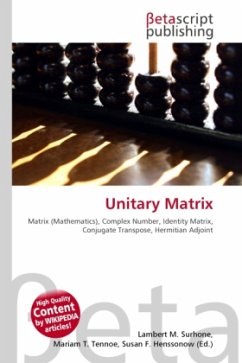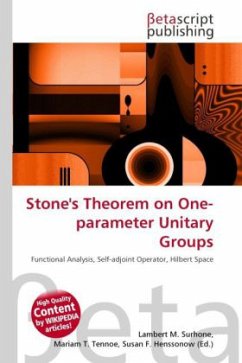High Quality Content by WIKIPEDIA articles! Informally, a unitary transformation is a transformation that respects the dot product: the dot product of two vectors before the transformation is equal to their dot product after the transformation. More precisely, a unitary transformation is an isomorphism between two Hilbert spaces. In other words, a unitary transformation is a bijective function: U:H_1to H_2, where H1 and H2 are Hilbert spaces, such that langle Ux, Uy rangle = langle x, y rangle for all x and y in H1. A unitary transformation is an isometry, as one can see by setting x = y in this formula. In the case when H1 and H2 are the same space, a unitary transformation is an automorphism of that Hilbert space, and then it is also called a unitary operator. A closely related notion is that of antiunitary transformation, which is a bijective function U:H_1to H_2, between two complex Hilbert spaces such that langle Ux, Uy rangle = overline{langle x, y rangle}=langle y, x rangle for all x and y in H1, where the horizontal bar represents the complex conjugate.
Bitte wählen Sie Ihr Anliegen aus.
Rechnungen
Retourenschein anfordern
Bestellstatus
Storno








